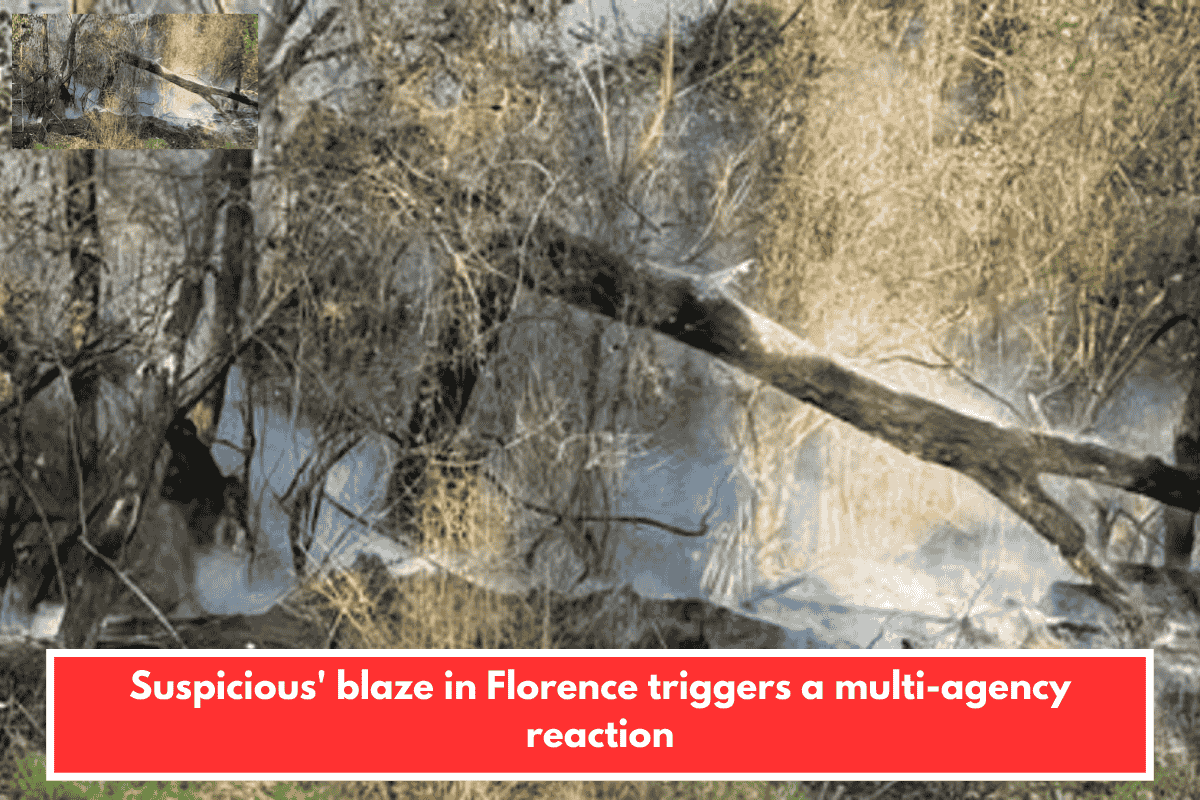This Shark Week, News 2 is diving into the world of sharks with experts and advocates from the Lowcountry. Today, we hear from Ashby Gale, the chief paleontologist at Charleston Fossil Adventures, who shares fascinating insights into shark fossils discovered in the Charleston area.
Ashby Gale’s Journey into Paleontology
From a young age, Gale had an obsession with dinosaurs—a passion that led him to pursue a career as a paleontologist. His dedication to studying fossils took him around the world, and today, he operates Charleston Fossil Adventures, where he teaches others about paleontology and guides them on fossil hunts along the Lowcountry shoreline.
The Lowcountry’s Fossil Rich History
The Charleston area is home to fossils dating back 30 million years. According to Gale, the landscape of the Lowcountry was very different back then. “If we were to return to the (News 2) station, we would either need to be in a submarine or wear scuba gear because we would be beneath 50 to 200 feet of water,” Gale explains.
Though the geography has changed over the millennia, sharks have remained a constant presence in the area’s ancient seas. Gale shows us various shark fossils, such as teeth, vertebrae, and bits of cartilage, as well as fossilized turtle shells with shark tooth marks. He also introduces us to coprolites, or fossilized shark feces, which are created when a shark’s intestines hold the material together, preserving it in the fossil record.
The Megalodon: A Prehistoric Giant
Gale also sheds light on the prehistoric megalodon, one of the largest sharks to ever live. Believed to have measured between 45 and 53 feet in length, the megalodon was a true giant of the seas. Gale discusses a recent study that suggests the megalodon may have had a more slender body shape than previously depicted, based on fossilized vertebrae.
For those eager to find megalodon teeth, Gale offers tips on where to look, including the Lowcountry rivers. However, locating these teeth often requires scuba diving, as they are typically found at the bottom of the rivers. While Gale and his team don’t dive for megalodon teeth, they focus on hunting along the shorelines.
Shark Fossil Hunting on the Shorelines
Gale’s fossil hunts are conducted along the shorelines, where natural tides help uncover fossils. “We primarily stick with the shorelines on our hunts. We are traveling out by boat, taking crews of up to six people to go find these fossils washing out of our shorelines,” Gale says. The tides naturally pull away sand and wash fossils onto the shores, making the hunt easier and more accessible.
Join the Hunt for Shark Fossils
If you’re interested in joining Gale on a fossil hunt, you can visit his website for more details. His team leads expeditions out by boat to uncover ancient shark fossils along the coastline, offering a chance for anyone to discover the rich paleontological history of the Lowcountry.
For more shark-related content this week, be sure to tune in to News 2’s streaming TV app, WCBD+, at 10:00 a.m. and 6:30 p.m.













